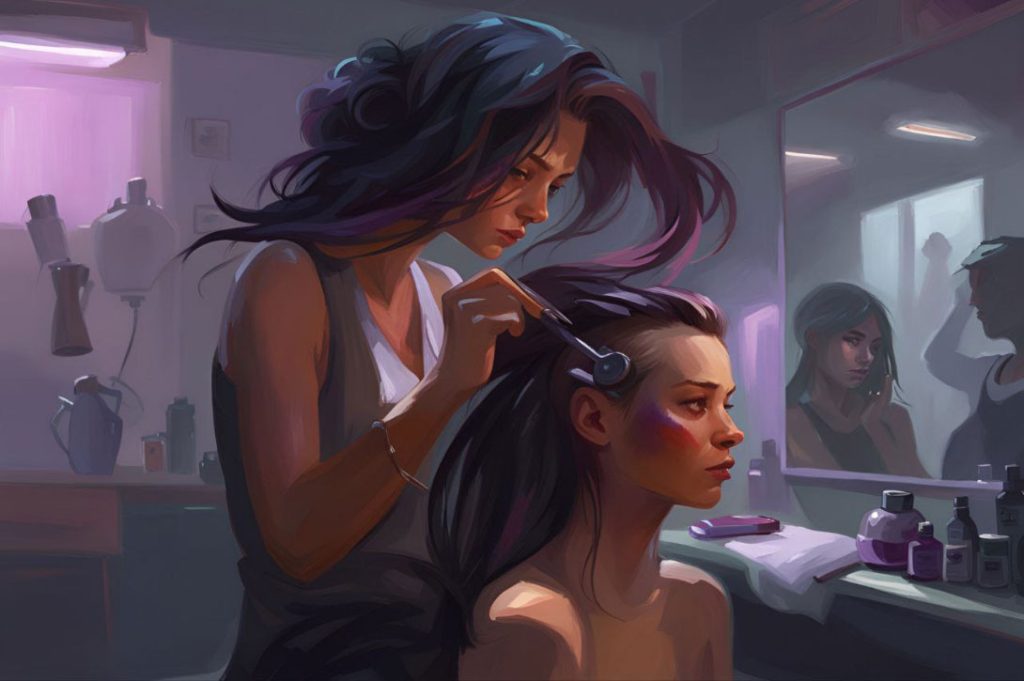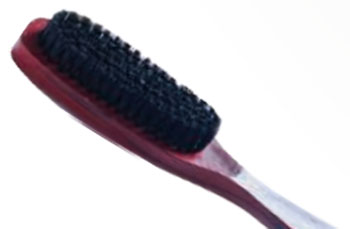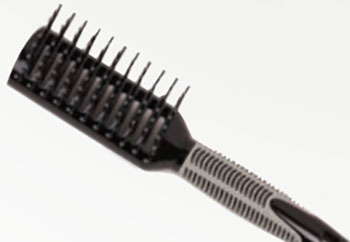The Comprehensive Guide to Brush Types and Detangling Implements for Optimal Hair Health
The hair brush – a staple in nearly every bathroom and salon worldwide. While this tool may seem simple, selecting the appropriate brush type or detangling implement is vital for hair health, aesthetics, and client comfort. The market is flooded with a plethora of brush varieties, each tailored for specific hair types, conditions, and treatments. Understanding these nuances is essential, especially when it comes to medical insights about hair health and safety. This article delves deep into brush types and detangling tools, offering a comprehensive guide for both professionals and individuals.

The Anatomy of Hair and the Role of Brushes
Hair strands comprise overlapping layers or scales, which can trap dirt, dust, and oil. Different brushes are designed to interact with these scales differently, affecting hair health, shine, and manageability.
The Various Brush Types and Their Uses
- Natural Bristle Brush:
- Material: Made from animal hair, usually boar bristles.
- Best For: Straight to wavy hair.
- Benefits: The natural bristles mimic human hair’s structure, effectively cleaning hair and adding luster. They’re excellent for distributing natural scalp oils, promoting shine, and gentle detangling.
- Plastic Vent Brush:
- Material: Sturdy plastic with vented design.
- Best For: Quick drying and detangling.
- Benefits: The vents allow for better airflow, speeding up drying time when using a blow dryer. It’s also effective for removing basic tangles.
- Paddle Brush with Rubberlike Bristles:
- Material: Rubber bristles set on a broad, flat base.
- Best For: Detangling wet hair, especially for those with a lot of hair.
- Benefits: The rubber bristles are gentle on hair, minimizing breakage and reducing static.
- Wide-Tooth Comb:
- Material: Typically made of plastic or wood.
- Best For: Detangling wet hair, especially tighter curl patterns.
- Benefits: Reduces hair breakage and allows for easy sectioning.
- Wet-Type Brush:
- Material: Flexible plastic bristles.
- Best For: Detangling hair when wet.
- Benefits: Designed to glide through wet hair, preventing breakage and snagging.
- Tangle Teaser:
- Material: Varies, but typically made of plastic.
- Best For: Detangling all hair types, wet or dry.
- Benefits: Its unique design allows for pain-free detangling, even for knotted hair.
- Cushion Brush:
- Material: Bristles set in a cushioned base.
- Best For: Massaging the scalp, suitable for medium to long hair.
- Benefits: Provides a gentle scalp massage, promoting blood circulation and distributing natural oils.







The Art of Detangling
Detangling can be a challenging task, especially for those with textured or highly tangled hair. It’s essential to approach this process with care, using the right tools:
- Finger Detangling: This method involves manually separating hair knots and tangles. Especially beneficial for textured hair, it reduces breakage and prepares the hair for brushing.
- Wet Hair Detangling: Wet hair is more fragile. Using wet-type brushes, paddle brushes with rubber bristles, or wide-toothed combs can be more protective and cause less breakage.
Conclusion
Choosing the right brush or detangling tool isn’t just about style or convenience; it plays a pivotal role in maintaining hair health and integrity. By understanding the various tools available and their intended purposes, professionals and individuals can ensure optimal hair care, minimizing damage and maximizing hair’s natural beauty.






